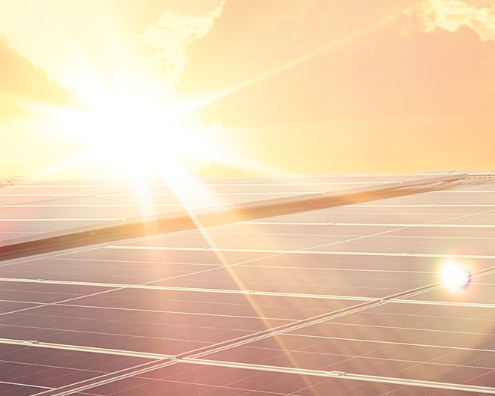January 6, 2026
When I began my career back in the late 70s, clean technology was not yet a term. At the time, in the U.S., the scientific community was only just beginning to sound the alarm on global warming and the key behaviors impacting rising climate change. As an engineer just getting started, I viewed this emerging crisis as a systems quandary and believed that if technological innovations like the automobile, factories, and global commerce got us into this situation, then technology could surely get us out of it!
In my early roles, I explored how to track cost-effective, resource optimized energy usage at organizations like New England Electric Corporation. My peers and I utilized the first electronic meters and remote metering technology to measure energy consumption, identify times of peak usage, and reveal where utilities were over or under-servicing customers.
The tools we used relied on error-prone manual systems and responded poorly to changes or customization. However, while these energy management technologies were generally limited in reach, they would set the foundation for the future of energy conservation and the development of clean technology.
Since founding Ameresco in 2000, I’ve witnessed the rapid evolution of advanced technology to accelerate the global clean energy transition. From seeing the widespread adoption of geothermal systems to the more recent integrations of battery energy storage system (BESS) technology to enhance energy resiliency, new technologies are on the rise in the renewable energy space, and it is exciting to be at the forefront of such innovation. It’s estimated that global investment in clean technology and infrastructure is expected to hit $2 trillion this year, nearly doubling the amount currently spent on fossil fuels.
Keeping up with the fast-moving pace of cleantech development is integral to creating solutions that will best serve our customers. Our recent Kūpono Solar Project pairs 42 MW solar with a 168 MWh BESS and is designed to deliver ~50,000 metric tons of yearly carbon emissions reduction. This is just one example of today’s clean technologies that enhance energy reliability in high-need locales. Other implementations, such as our deep energy retrofit project with U.S. General Services Administration’s Oklahoma City Federal Building, demonstrate innovation with eight grid interactive efficient building technologies.
All that said, I believe that building smaller, renewable energy plants in locations close to load centers avoids the need for long transmission lines, which are very difficult to build and much less reliable and efficient than the plants located much closer to the load. Looking back at my transmission planning days of the difficulty in building and acquiring the right of way for these lines coupled with their associated costs, I have come to the conclusion that the only way we are going to meet the high demand of electricity is through distributed renewable resources, backed up with microgrids. Quite simply, this is something we must do!
As I look to the future, we must use leading edge cleantech to drive decarbonization and continue to drive energy cost savings. New and emerging technologies like AI and machine learning are expected to generate environmental and clean energy use cases in the near and long-term and we’re ready to explore them. Advanced predictive analytics have the power to enhance ongoing sustainability efforts in numerous ways, such as analyzing large-scale energy usage data, aiding in environmental quality monitoring, and integrating with smart grids to balance energy supply and demand.
Clean technology continues to evolve, on what seems like a daily basis. It always acts as our reminder to keep an eye on the horizon – the next innovation is closer than you think.
# Originally published on LinkedIn. #

